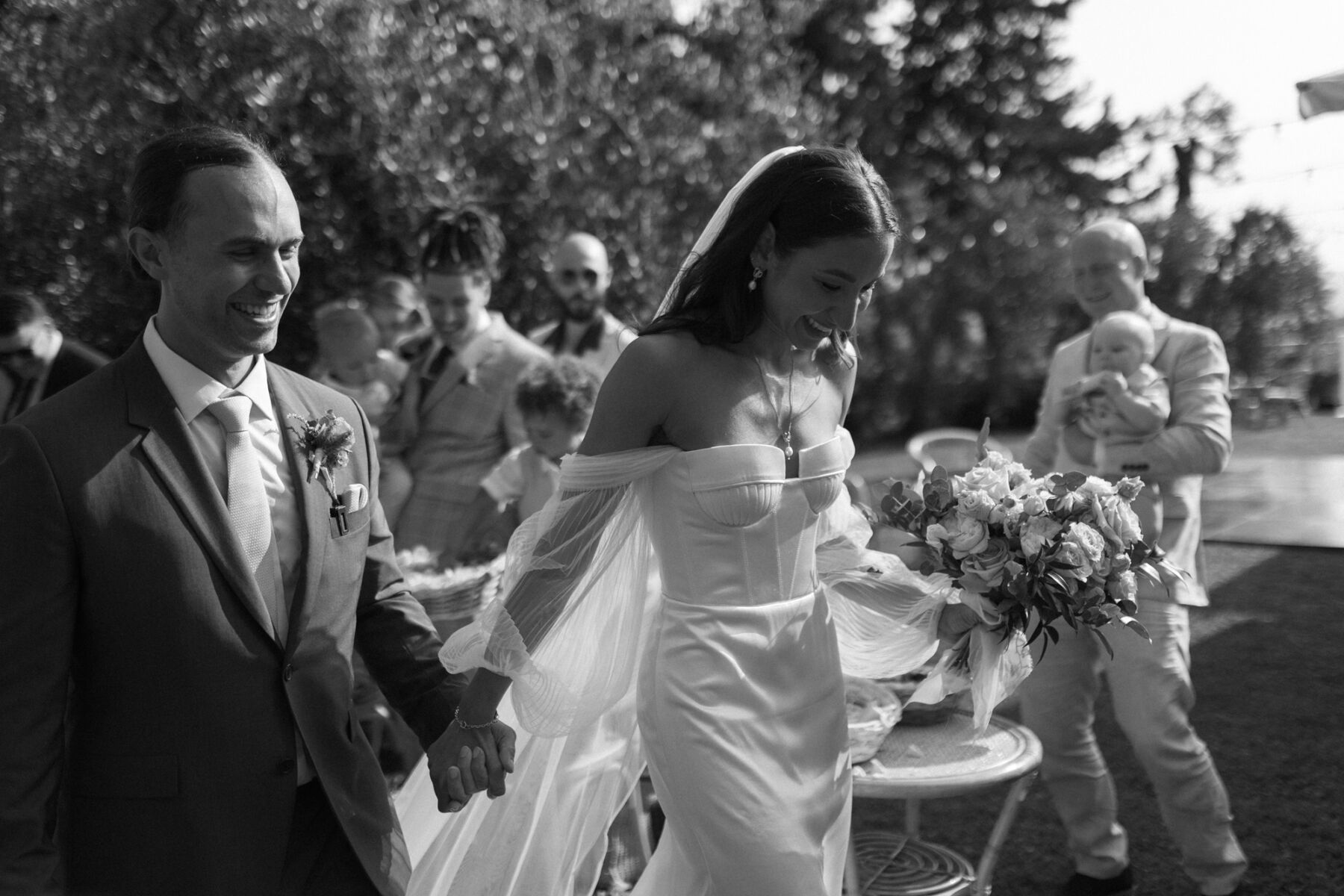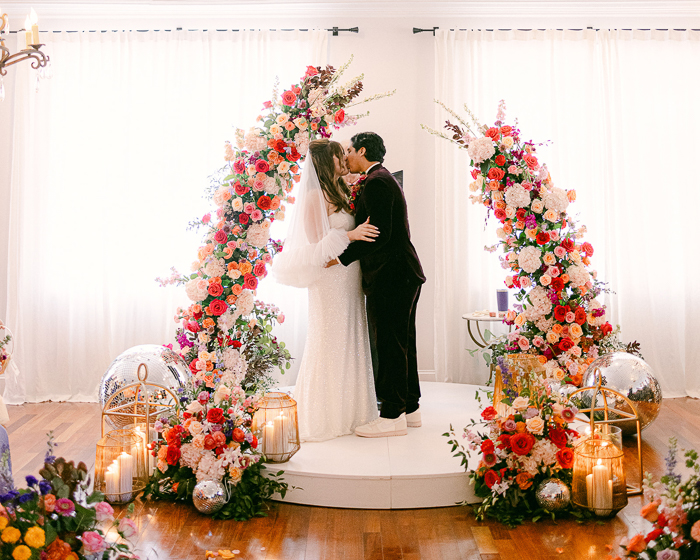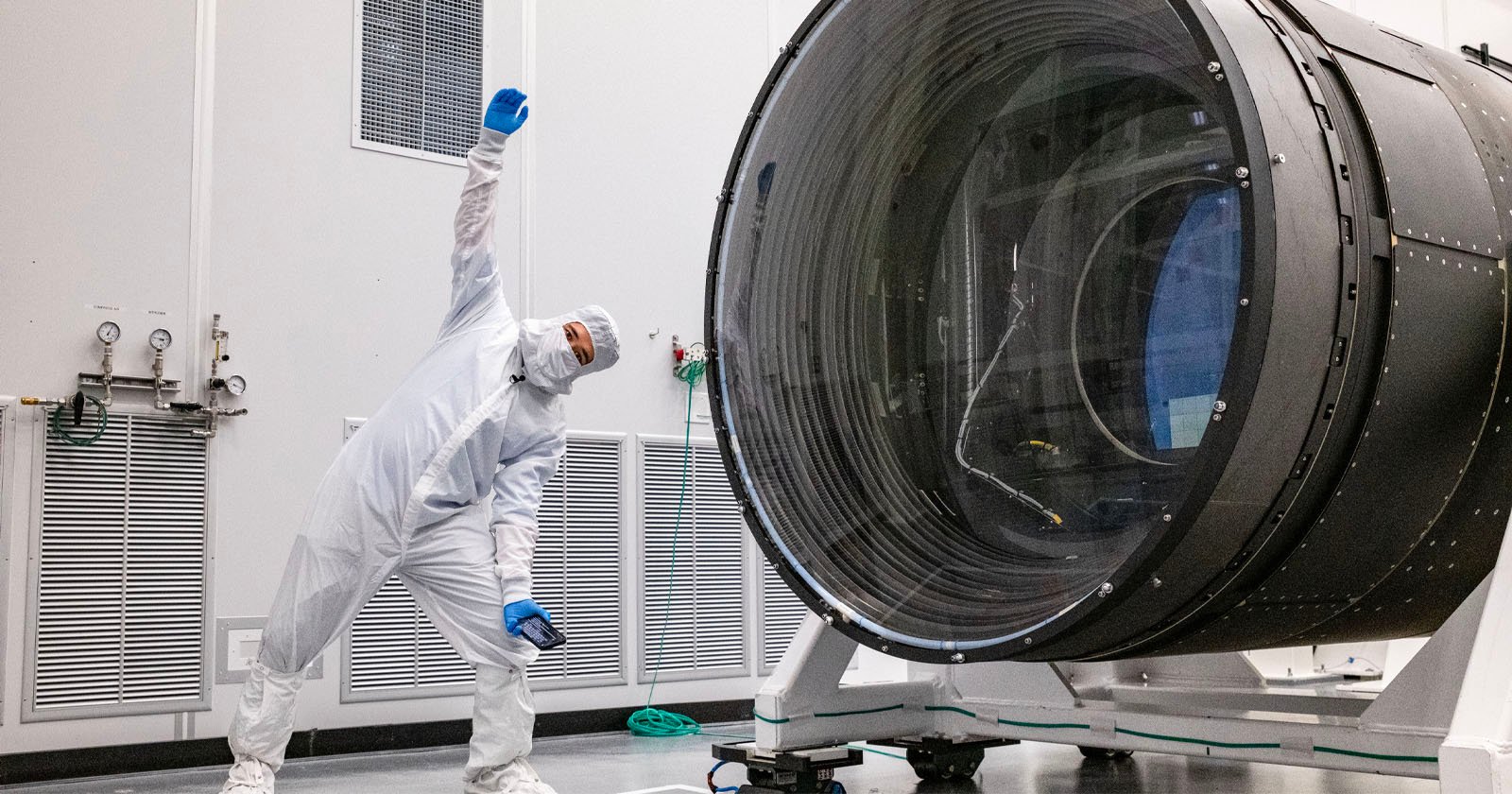
One of the first steps to learning photography is understanding the exposure triangle and how to manipulate exposure in your images. Parts of the exposure triangle are complex, while others are straightforward.
For example, it takes a little while to learn recommended shutter speeds, but it’s easy to understand how different shutter speeds affect both exposure and motion blur. Similarly, while the technical aspects of ISO are somewhat obscure, the tradeoff between brighter/noisier and darker/cleaner images is fairly clear (e.g. use the lowest possible ISO that will give you a good exposure).
Aperture and f-stops are concepts that are more difficult to grasp. When you start talking about f-stops, you run into some seemingly paradoxical concepts between large and small apertures, large and small f-stops, and how they affect your overall image. To help you better understand f-stops and aperture, take a look at our f-stop chart.
F-Stop Chart
Before we get too deep into what f-stops are and how to pick which one to use, let’s take a quick look at the major f-stop values. This f-stop chart shows how they influence the size of the aperture in your lens, the overall exposure and depth of field, and common uses for f-stops.

What is Aperture?
It’s helpful to review what aperture is to help you better understand f-stops.
Practically every lens has an iris consisting of multiple blades arranged in a ring. These blades form a hole through which light can pass through before hitting the camera’s sensor or film. This hole is called the aperture. The iris’s blades can move in order to make the aperture larger or smaller.
Because all the light that hits the sensor must pass through this hole, it has an obvious impact on the exposure of the image. A larger aperture lets in more light resulting in a brighter picture.
In addition, the aperture is one of the major factors (along with focal length and distance to the subject) in determining an image’s depth of field. If all other factors are the same, a larger aperture will have a shallower depth of field while a smaller aperture will have a wider depth of field.
What is F-Stop?
An f-stop is a measurement of the aperture opening based off of the size and type of your lens.
Mathematically, f-stops are calculated as the ratio of the focal length of the camera divided by the diameter of the aperture.
For example, a 100mm lens with an aperture diameter of 50mm has an f-ratio of ½, while the same lens with an aperture diameter of 25mm has an f-ratio of ¼, and an aperture diameter of 10mm has an f-ratio of 1/10. When looking at your camera or lens, the f-stops are simply these ratios rewritten with an f in the top spot of the fraction (f/2, f/4, and f/10 respectively for the above examples).
This introduces the most confusing part of f-stops. As these examples show, the larger the number in the f-stop label, the smaller the actual diameter of the aperture.
While you don’t need to necessarily remember the math of how an f-stop is calculated, it can be helpful to remember the fractional origin of the number. If you need a larger aperture for a brighter exposure or a shallower depth of field, the number in the f-stop will be smaller, while smaller apertures will have larger f-stop numbers.

A lens will usually be stamped with the lowest f-stop it can go (typically the lower the available f-stop the better quality/more expensive the lens). A zoom lens may have a variable aperture and f-stop. If the lens is zoomed out, it will be able to shoot at the lowest f-stop. If the lens is zoomed in, it may only be able to shoot at a higher f-stop. For example, the Canon RF 100-500mm f/4.5-7.1L IS has a maximum aperture of f/4.5 when shooting at 100mm while only a max aperture of f/7.1 when shooting at 500mm. Compare this to the Canon RF 70-200mm f/2.8L IS, which can shoot at f/2.8 no matter where you are in the zoom range.
How Do You Read an F-stop?
At this point, you might be worried that you’ll have to remember calculations and complex ratios. The good news is that once you memorize the major f-stops, it’ll be smooth sailing.
The main f-stops are f/1.4, f/2, f/2.8, f/4, f/5.6, f/8, f/11, and f/16. Each of these is what’s called a stop, and depending on your camera you might be able to change a setting to adjust exposure in either ⅓ stops (e.g., f/5.6, f/6.3, f/7.1, f/8) or ½ stops (e.g., f/5.6, f/6.7, f/8).
When you talk about stops in relation to exposure, you are saying that something is twice or half as bright (½ and ⅓ stops are, as you might expect, simply dividing a full stop into two or three segments for fine tuning your exposure settings).
With shutter speed, increasing from 1/50sec to 1/100sec cuts the time the shutter is open in half, letting half as much light hit the sensor, and cutting the brightness in half. ISO values were set and standardized such that doubling or halving the numbers also doubles or halves the brightness of the exposure. Flashes are often set in stops to make adjusting the brightness consistent with camera settings. With aperture, the f/stop sequence designates the stops.
Once you learn the sequence of f-stops, it becomes easy to quickly adjust your aperture, shutter speed, and ISO together to dial in your desired exposure. Adjusting one setting by a full stop one way can be countered by changing another a full stop the opposite direction (or both other settings by ½ stop each). This is vital if you want to ensure that you freeze (or blur) motion or change the depth of field while still keeping the overall exposure that you have chosen.
In fact, you can even take a shortcut and just count how many times you click one of the settings and completely forget what exact numbers you are using. Turning your shutter speed dial three clicks brighter? Just turn your aperture dial three clicks darker to keep the same exposure.
What Should My F-stop Be Set At?
If you’re just starting to take control of your camera’s settings and learning how to use manual mode you might be thinking, “This is all interesting, but just tell me what my f-stop should be set at.” As with so many things, it depends on what you’re shooting.
A popular style of portraiture is to have a razor-thin depth of field that blurs everything in the background. To achieve this, you need extremely low f-stops. Many shoot at f-stops of f/2 or below. However, some lenses cannot achieve apertures that wide. Your depth of field may also often become so thin that you can’t properly focus on the eye, which is critical with these shots. Depending on the situation, you might be able to stop down to f/2.8 or even f/4 and get similarly pleasing results.

On the other hand, if you want a wide depth of field with a lot of the scene in focus. You need to stop down your aperture significantly, but be aware that too small of an aperture introduces a type of distortion called diffraction that can make your images less sharp. Most lenses have a sweet spot somewhere around f/8 or f/11 that maximizes depth of field without introducing much diffraction. But if you’re shooting subjects like landscapes or macro, you might decide the tradeoff is worth it. Spend some time experimenting to determine what f-stops work best with your shooting style.
Learning how to choose the ideal f-stop is a key step in taking control of your images. Not every lens offers the same range of f-stops. Your style of photography will help inform the range you need. Not every style of photography needs the widest possible range of apertures. If you’re still trying to figure out the best f-stops to choose for your own pictures, consider renting some lenses with specific aperture options so you can try them out for yourself.
Tags: Best Camera Settings, Cameras for Beginners Last modified: December 13, 2020






